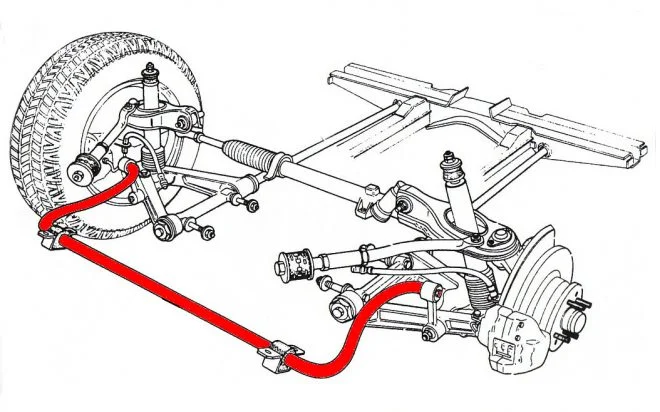How to Reset a Car Computer After Replacing the Battery
Most modern vehicles require some form of computer reset or relearning procedure after battery replacement, yet most drivers don't realize it until they experience strange operational issues.
The Motorist's Pride

A metal bar that connects the left and right wheels of the same axle to reduce body roll during cornering. When one wheel encounters a bump or the vehicle turns, the bar transfers some of the force to the opposite wheel, helping maintain vehicle stability and improving handling characteristics. It can be found on front suspension, rear suspension, or both.
Gaskets are mechanical seals designed to prevent leaks between two or more mating surfaces. They ac…
Explore the manual vs. automatic transmission debate in modern cars. Learn about their benefits, dr…
Do you want to save money on fuel and help the environment at the same time? If so, you might have …
Your car's engine is burning money while parked. Here's the shocking truth most drivers miss. Ev…
DTC codes C0090 and C0095 are diagnostic trouble codes that are stored in the ABS system of a vehic…
Learn about the symptoms, causes, and cost of replacing a faulty oxygen sensor in your car. Get the…
If you want to reduce your fuel consumption and save money at the petrol pump, you may want to cons…
Nissan is a Japanese car manufacturer that has been producing high-quality vehicles for over 80 yea…
My 2011 Jaguar fault code P0105 tells me my MAP sensor is playing up, Have replaced sensor with genuine part, have since found out that my Barometric reading is at odds with my map sensor . The car ecm reads Baro pressure at ignition stage 1 then once started the MAP sensor takes over, (I think) The ECU Baro pressure reads 199kpa?? How can I change the Baro back to the 99kpa it should read. Many Thanks
Seeing a barometric pressure reading of 199 kPa on a 2011 Jaguar at ignition-on is a red flag, this value is physically impossible under normal atmospheric conditions.
At sea level, you’re looking at roughly 100 to 102 kPa, and even at the bottom of the Dead Sea (the lowest point on Earth), it doesn’t exceed 108 kPa. So, 199 kPa suggests either a serious sensor input error or a corruption in the ECU’s interpretation of the signal. On Jags of this era, the ECU performs a barometric pressure snap shot during key on before engine start, using the MAP sensor as the measuring device since there’s no separate BARO sensor. If the intake manifold or MAP port is contaminated, restricted, or sees abnormal pressure (like a stuck open EGR or boost control issue), it can skew this reading.
Yes, a faulty O2 sensor can cause this issue. It helps regulate the air-fuel mixture. If it's not working properly in cold conditions, the engine may run too rich or lean, resulting in rough idling and vibrations.
If it’s the O2 sensor, why would it only happen when the engine is cold? Wouldn’t it affect performance all the time?